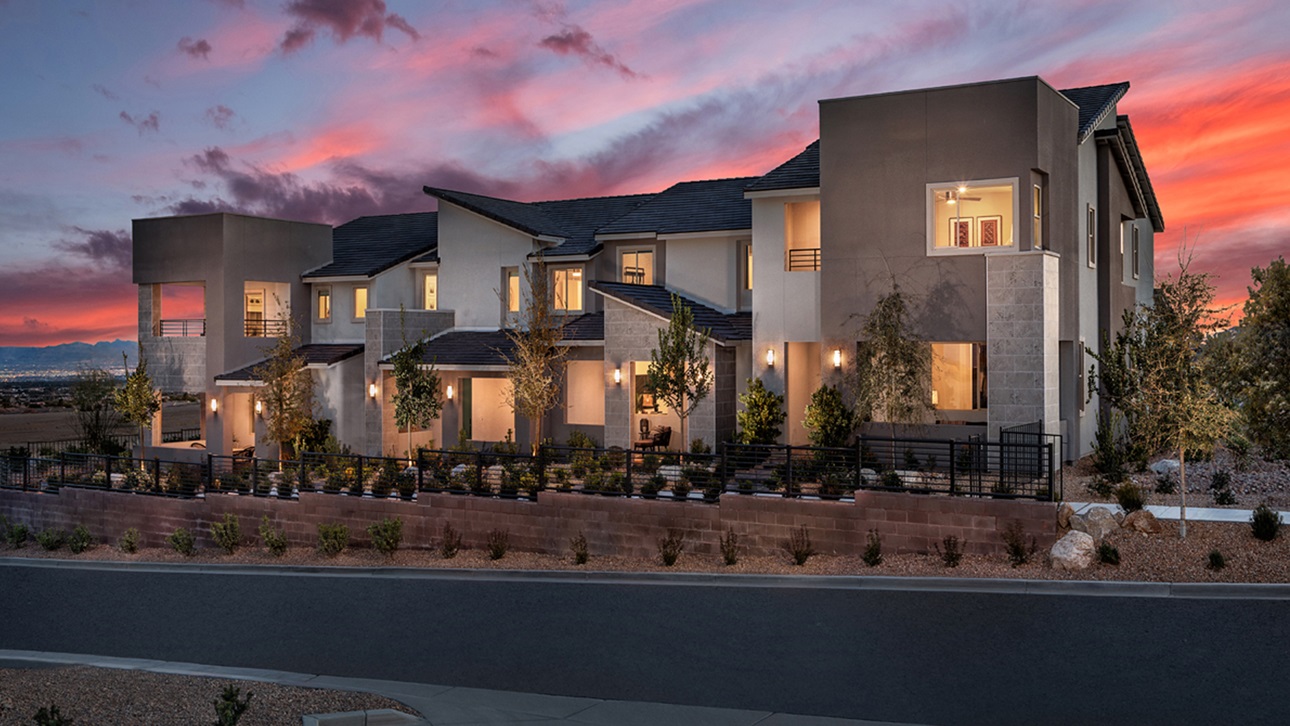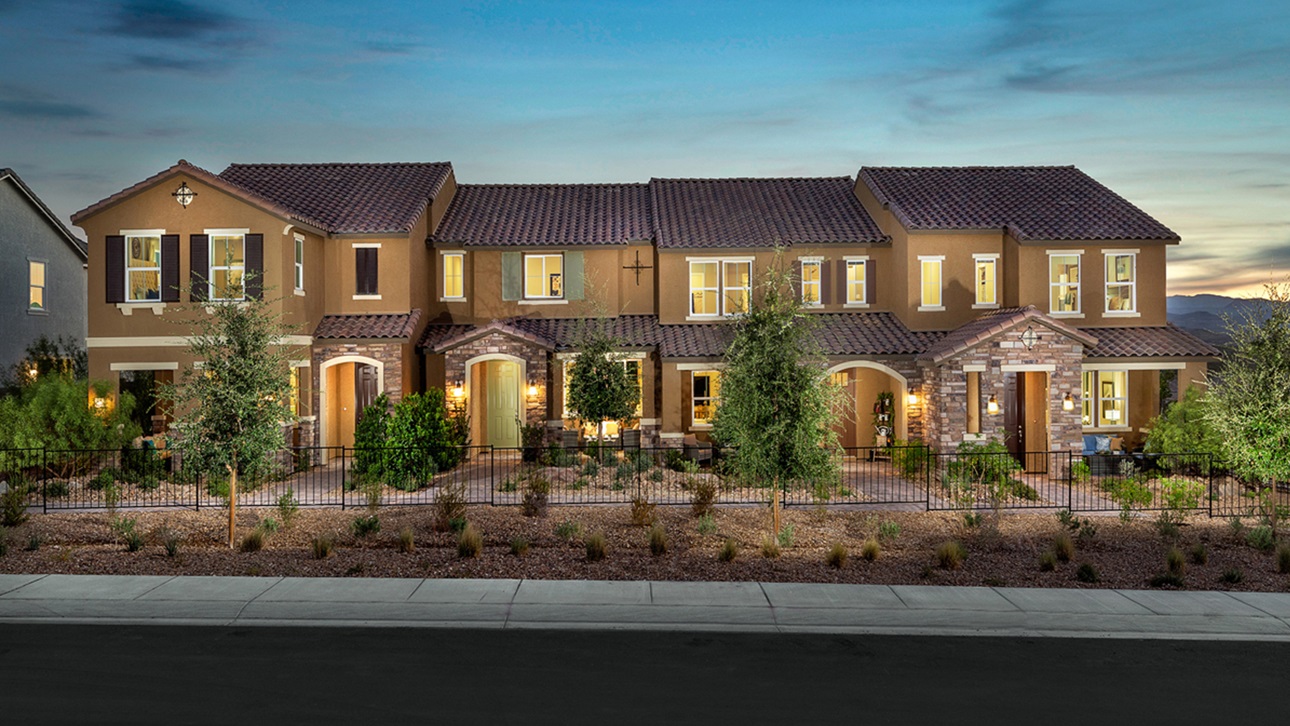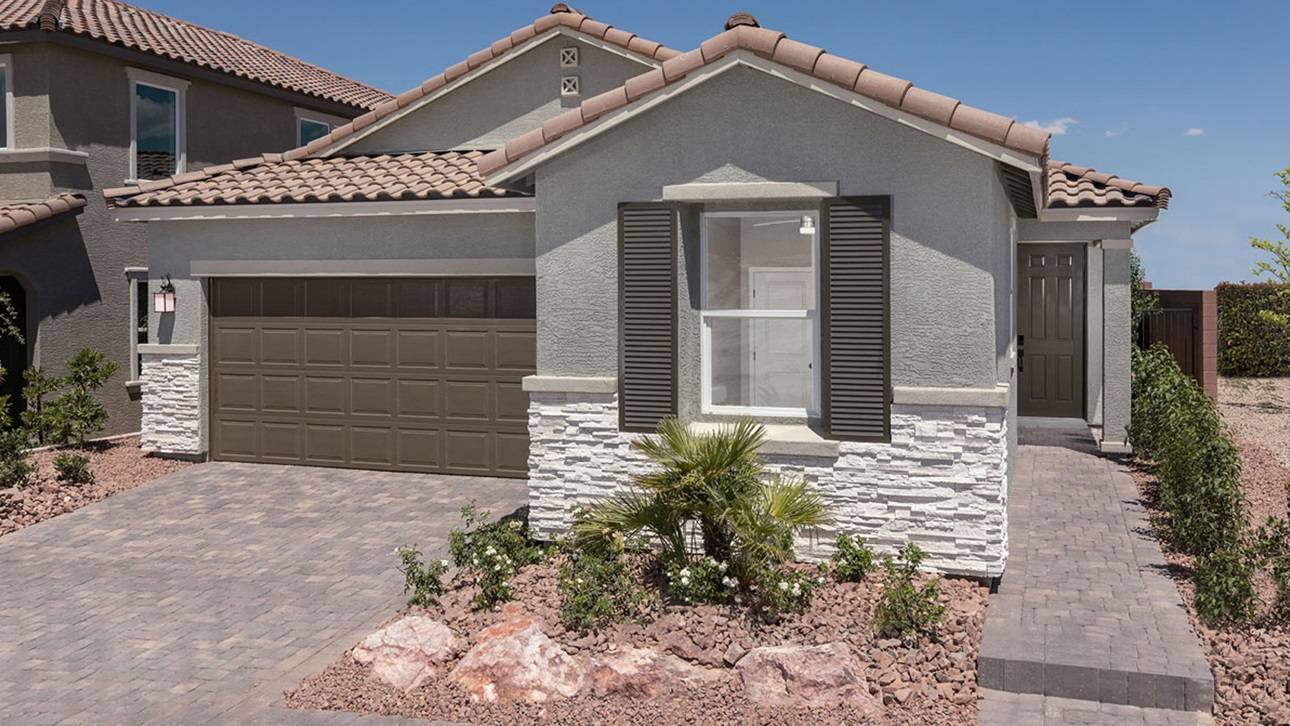Exploring Water-Usage Requirements and Certification Programs in Southwestern States

Location: Clark County, Nevada
Status: Active Programming
Participants: KB Home, Southern Nevada Water Authority (SNWA)
Amount of Water Saved: 44,000 gallons per year per household
Challenge: Drought and Water Usage
In the southwestern United States, there have been persistent periods of drought in recent years. These states and communities are facing the challenges of climate change while balancing expected population growth. To mitigate the effects of drought, home owners and municipalities are looking for ways to make buildings more water efficient. Builders in the southwestern United States are adapting to restricted water-usage requirements, navigating complicated water rights, and finding ways to make their homes more efficient.
Resolution: Adhering to EPA’s WaterSense-Labeled Homes Program
In 2005, the Southern Nevada Water Authority (SNWA) created a Water Smart Home program to address regional water issues and water efficiency goals. Water Smart was initially voluntary; however, increasing drought concerns required more stringent water efficiency mandates within homes. The success of Water Smart created a model for the Environmental Protection Agency’s (EPA) WaterSense and WaterSense-Labeled Homes programming. With the EPA’s implementation of WaterSense, SNWA switched from Water Smart to WaterSense as their primary water efficiency program in 2020.
NAHB member KB Home participated in the recently published study Assessing Water Use in WaterSense-Labeled Homes and Quantifying the Savings, which discovered that WaterSense-Labeled Homes saved approximately 44,000 gallons per year per household.
“The study really validated the numbers,” noted Jacob Atalla, a KB Home builder. “Under the thoughtfulness of these programs, we are using up to 45% less water.”
Since the roll-out of water efficiency programs, the adoption of WaterSense has been relatively self-sufficient, Atalla noted, adding that the bigger challenge has been adjusting outdoor water usage. In Southern Nevada, the local government and the regional water authority have disallowed turf and spray sprinklers. To meet program requirements, builders use landscape design and irrigation system solutions and install WaterSense-labeled irrigation systems.

Challenge: Cost Concerns
Required use of WaterSense-labeled fixtures and WaterSense-labeled Homes may be perceived by builders as yet another increased cost, potentially preventing them from incorporating more efficient or sustainable options.
Resolution: The Benefits Make Up for the Costs
“In today’s market, the delta is going down on sustainable product pricing,” said Atalla.
WaterSense fixtures are proven to work and are aligned with WaterSense testing procedures, so builders are confident in the reliability of the fixtures and feel comfortable installing them. WaterSense appliances and plumbing fixtures are now readily available and reasonably priced in big-box stores, thanks to builder confidence and baseline consumer acceptance, so there is no premium to invest in WaterSense fixtures.
The numbers speak for themselves. According to the EPA, retrofitting can save $350 per year in water costs just by replacing fixtures with WaterSense-labeled fixtures (e.g., toilets, faucets, and showerheads).
WaterSense-labeled homes have been proven to use less water, which can reduce a builder’s impact fee. On a regional level, demonstrating the actual water-efficiency levels achieved by WaterSense-labeled homes can benefit home builders by showing municipalities that new residential construction is water efficient, leaving the door open for future home building opportunities.
“There is little incremental cost, and if there is any, it is offset by the benefits to the builder and home owner,” Atalla said.
Interested in learning more? Check out these resources from EPA’s WaterSense program:




